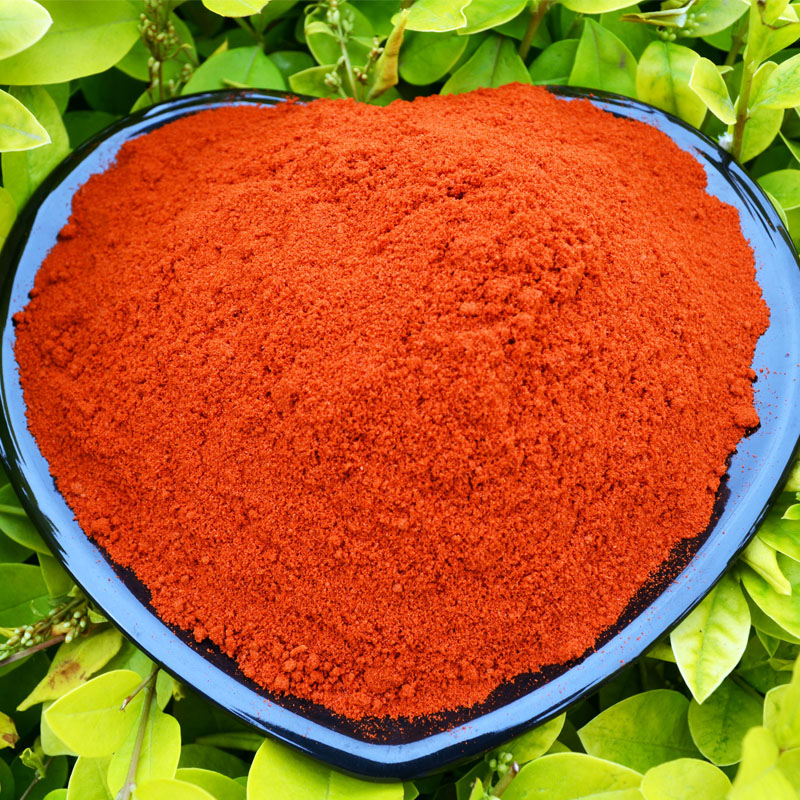- No. 268 Xianghe Street, Economic Development Zone of Xingtai city, Hebei 054001 China
- Byron@hbhongri.cn
Exploring the Rich Flavors of Smoked Paprika in Culinary Creations
The Allure of Smoked Paprika A Culinary Treasure
In the vibrant world of culinary spices, few ingredients capture the imagination quite like smoked paprika. Known for its rich color and robust flavor, this Spanish spice has gained popularity across the globe, elevating countless dishes to new heights. But what is smoked paprika, and why has it become an essential staple in kitchens worldwide?
The Essence of Smoked Paprika
Smoked paprika, or pimentón, originates from Spain, where it is made from peppers that are carefully dried and smoked over oak wood. This traditional method imparts a distinct earthy flavor, setting it apart from regular paprika. The peppers used to create smoked paprika come in various varieties, offering a spectrum of flavors from sweet and mild to smoky and hot. The most common types are the “dulce” (sweet), “agridulce” (bittersweet), and “picante” (spicy).
The deep red hue of smoked paprika is not just aesthetically pleasing; it also signals the rich nutrients contained within. Packed with antioxidants, vitamins, and health benefits, this spice not only enhances the taste of dishes but also contributes to a well-rounded diet.
The Allure of Smoked Paprika A Culinary Treasure
One of the reasons smoked paprika has become a beloved spice is its versatility. It can complement a wide range of cuisines and dishes. In Spanish cuisine, it is essential in classic dishes such as paella and chorizo. The addition of smoked paprika provides a unique depth of flavor, perfectly balancing the dish's components.
paprika smoked paprika

Beyond traditional Spanish recipes, smoked paprika can be incorporated into various culinary applications. It works wonders in soups and stews, adding warmth and complexity. Rubbed onto meats before grilling or roasting, it creates a mouthwatering crust that captivates the palate. Vegetarians can also benefit from its flavor-enhancing properties, as a sprinkle of smoked paprika can transform simple roasted vegetables into a delightful side dish.
Moreover, this spice finds its way into dressings, marinades, and even sauces, contributing an intriguing smokiness that enhances the overall profile of the dish. Whether used in dips like hummus or as a seasoning for popcorn, smoked paprika proves its adaptability, making it a go-to spice for chefs and home cooks alike.
Crafting Your Own Spice Blend
For those who love experimentation in the kitchen, smoked paprika can be a foundational ingredient for creating custom spice blends. Mixing it with garlic powder, onion powder, black pepper, and a pinch of cayenne can yield a fantastic seasoning for meats, vegetables, and even popcorn. Similarly, pairing smoked paprika with herbs like oregano and thyme can create a Mediterranean-inspired blend perfect for roasted dishes.
Conclusion
As global food trends continue to evolve, smoked paprika holds a special place in the hearts and kitchens of culinary enthusiasts. Its unique flavor profile and versatility allow it to shine in a myriad of dishes, making it an indispensable spice for anyone looking to explore the rich tapestry of flavors in their cooking.
Incorporating smoked paprika into your dishes not only elevates the taste but also offers an opportunity to connect with the rich culinary heritage of Spain. Whether you’re a seasoned chef or a novice in the kitchen, discovering and experimenting with smoked paprika can open up a world of flavor, inviting you to savor the art of cooking. So, the next time you're reaching for a spice to enhance your meal, consider the allure of smoked paprika—a true culinary treasure.
-
Turmeric Rhizome Powder: A Golden Treasure from Roots to TableNewsJul.28,2025
-
The Versatile Application Of Crushed Red Hot Peppers: Lighting Up The Red Flames On The Dining TableNewsJul.28,2025
-
The Paprika: A Touch Of Vibrant Red In Color, Flavor, And CultureNewsJul.28,2025
-
Ground Turmeric: A Modern Examination of an Ancient SpiceNewsJul.28,2025
-
Capsicum Liquid Extract: Features, Applications, and ChallengesNewsJul.28,2025
-
Application of Capsicum Liquid Extract in FoodNewsJul.28,2025







